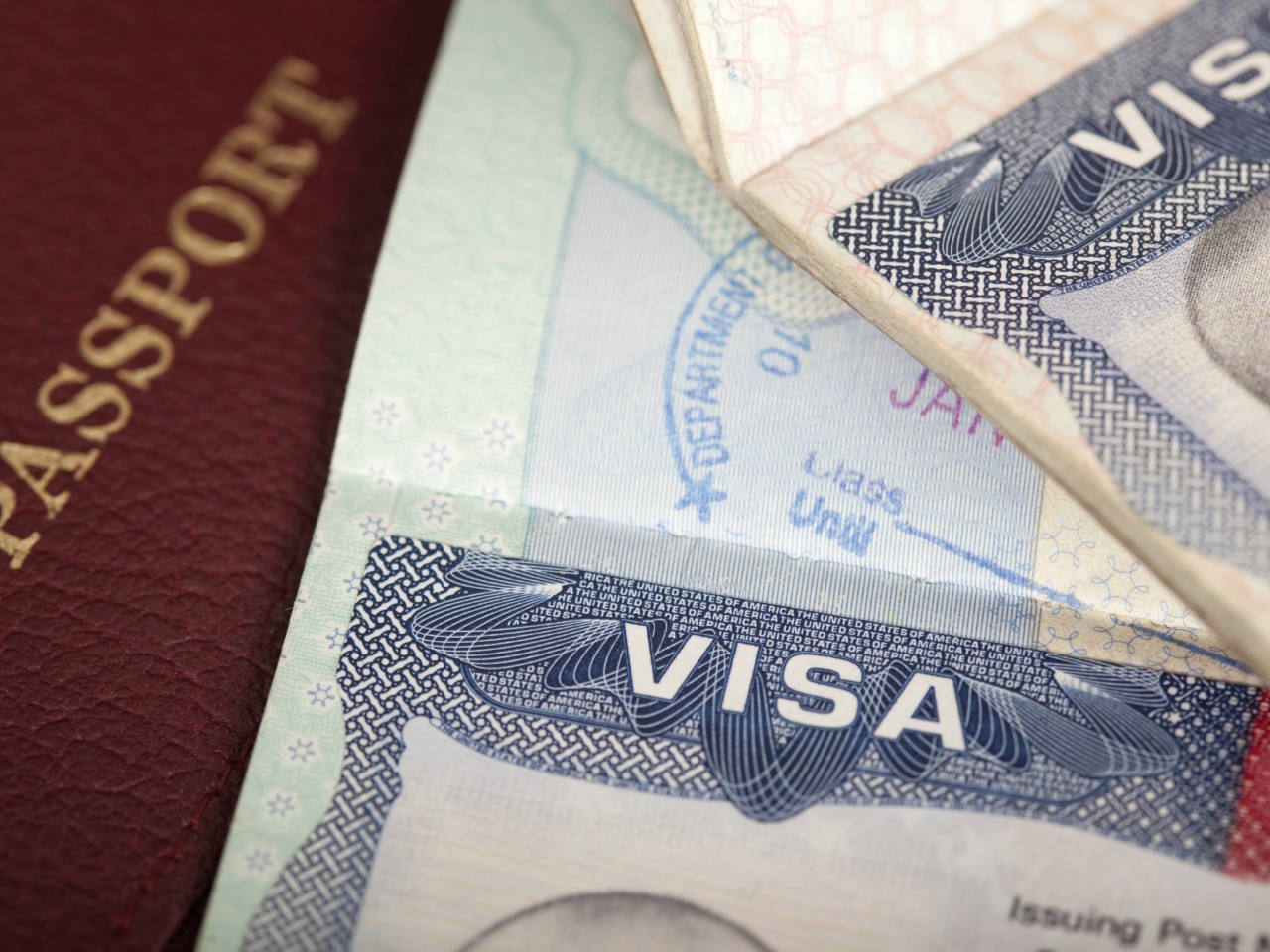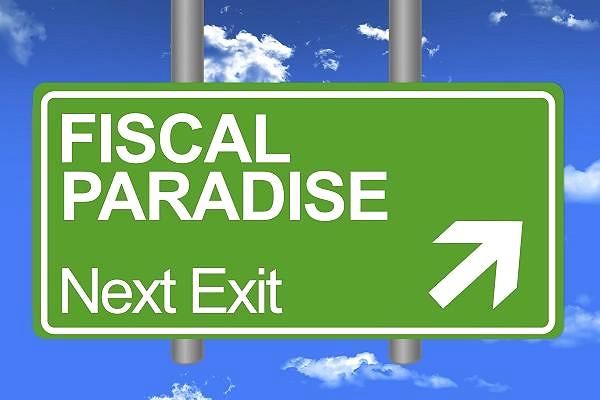Taxation of Foreign Real Estate Investments
EDITORS NOTE: This article was published in 2010 and has some valuable information. For a more recent and detailed article on this same site, click here.
When it comes to investing in property overseas, there is often little difference than if you were investing in U.S. property. Three situations bear investigation:
1. The first is the purchase of raw land or a building for speculation. In this scenario, the investor buys a property overseas and plans on holding it for a period of time to later sell for a profit. The result is a capital gain taxed by both the U.S. government and, in some cases, the state of domicile of the taxpayer. The U.S. has favorable tax rates (currently 15%) if the holding period is over one year. There may also be a capital gains tax in the country that the property is located in. If this is the case, a credit can be used to offset U.S. taxes.
In this situation, there is no difference in how the U.S. taxes the sale of an investment property in the U.S. and one outside of the U.S.
2. Let’s look at the same scenario, except this time, instead of selling the property outright you want to exchange it into another property. This can be accomplished by using the provisions of section 1031 of the IRS code. Under this section, you can defer some or all of the gain from the sale of one property by simultaneously purchasing another property of “like kind.” Here again, there is no difference in the taxation of property inside the U.S. and outside the U.S.
What we must look at in this situation is the exact definition of “like kind.” When dealing with real property, the government gives quite a bit of latitude in what is considered “like kind.” Examples are raw land, a single family house, a condo, an apartment building, a restraint, etc. As long as you’re selling real estate to buy real estate, you will generally be allowed to perform a 1031 exchange.
The main thing to be aware of is that foreign real property and U.S. real property is not considered to be like kind. For instance, you cannot exchange a rental property in California into a rental property in France or to raw land in Costa Rica (or vice versa).You could however exchange the rental property in France into raw land in Costa Rica. What this boils down to for you, the investor, is that, if you want to move an investment back into the U.S. you will have to pay taxes on any gains you made.
If a property qualifies as “like kind” then you must also qualify the exchange. There are complexities involved with this type of transaction, and you should hire a tax consultant to facilitate the transaction and make sure that you don’t do anything to disqualify the non-recognition of gain. Another critical point is that your new property needs to be more expensive and have a larger note on it. Otherwise a portion of the gain will be recognized and taxable. For more information, see the “Nontaxable Exchanges” section of IRS Publication 544 Sale or Other Dispositions of Assets available at www.irs.gov/pub/irs-pdf/p544.pdf.
3. The third consideration is when you have a rental property overseas. In this case, it is much the same as a rental situation within the U.S. The main consideration is that rental activities are considered passive. This means that losses from your passive rental activities can only offset income from other passive sources. If you do not have any other passive income, the losses are suspended until such time that you have passive income or you sell the property—at which time the losses are released and can offset other types of income.
An exception to this rule applies to active participants in the management of real property. As an “active participant,” you must share in the management decisions for the property, arranging for others to provide services like repairs, etc. Owning property in a foreign country makes it more difficult, but not impossible, to qualify as an active participant. If you meet this requirement, you can deduct the losses from your rental property against your other income (like wages, self-employment, interest, and dividends).
Besides the need to qualify as an active participant you must also meet these additional requirements:
- You must own more than 10% of the property.
- You cannot be a limited partner.
- You must be an active participant in the year of the loss and the year that the loss is deducted. The benefit phases out at an adjusted gross income of between $100,000 and $150,000.
Finally, you will only be allowed straight line depreciation on property outside of the U.S. You are not eligible for the various accelerated depreciation methods.
Implications of Your “Tax Home”
If you only have one tax home regardless of whether you reside in the U.S. or overseas, there are few, if any, complications.
For people with multiple homes or multiple business ventures at which they spend varying amounts of time, it gets trickier. These situations are decided on a case-by-case basis, according to individual circumstances. Some of the facts that will be looked at are:
- Total business time spent at the different locations.
- The amount of business activity that is carried on at each location.
- The significance of the business activity to the taxpayer’s return (where is more money made and what percentage of the total income does it represent?)
Let’s look at some examples of how the tax home concept can affect the taxes of the international real estate investor.
Example 1—Bob and Jane live in the United States and work close to their home. They own some real estate outside the U.S.
In this case, their tax home is their residence and all expenses they incur when visiting their realestate (whether rental property or investment property) are deductible against the income fromthat property.
Example 2—Bob and Jane live in the United States and work close to their home. They spend part of the year at their foreign property—a small house in France with a vineyard.
In this case, whether they can deduct all their living expenses (travel, meals, utilities, incidentals) as “away-from-home” expenses in pursuit of a business is dependent on the facts. Which home do they spend more time at? Where do they make more of their money? How much of their time at the foreign home is devoted to the vineyard business?
If it is determined that more time is spent at the foreign location, the deductions will not be allowed. This is exactly what happened in the case of Bowles v. United States. The taxpayers claimed away-from-home expenses for their grape-growing business, but the IRS and then the courts ruled that, since more of the couple’s time was spent at the vineyard, the vineyard was their tax home and the deductions weren’t allowed.
Example 3—Bob and Jane live in the United States and work close to their home. They own a seasonal B&B in Europe, which they spend the summer operating.
In this case, if Bob and Jane can prove that their tax home is in the United States, all of their living expenses can be deducted as away-from-home expenses (in any case the direct expenses of operating the business are allowed).
What is important to note is that you need to plan your actions beforehand. If you are going to operate a business, or own real estate overseas, and you want to deduct your overseas living expenses as away-from-home expenses, you need to make sure that you create a fact pattern consistent with a tax home in the U.S. Direct expenses of the business or investment are always deductible and are not dependent on where your tax home is.
Note: There is an important distinction in the concept of “tax home” for purposes of deducting away-from-home expenses and qualifying for the foreign earned income exclusion. Multiple homes may cause the loss of the away-from-home expenses but, as long as they are all overseas, you may still qualify for the earned income exclusion and the housing exclusion.
EDITORS NOTE: This article was published in 2010 and has some valuable information. For a more recent and detailed article on this same site, click here.







